The Boboli Gardens in Florence and its wonders
The Boboli Gardens is the grandiose park that surrounds the Florentine Medici palace of Palazzo Pitti, an open-air museum waiting to be discovered!
The Boboli Gardens covers an area of 45,000 square meters on the hill behind Palazzo Pitti and continues down towards Porta Romana, passing through the Forte Belvedere and, today, is renowned as one of the largest Italian gardens.
A good visit in its entirety takes about 3 hours.
The history of the Boboli Gardens
The Boboli Gardens were purchased by Cosimo I de 'Medici and his wife Eleonora di Toledo, who intended to build the new Grand Ducal palace there, after which it was designed by Niccolò Pericoli known as Tribolo, an artist who had previously given rise to the gardens of the Medici Villas of Castello and Petraia; until his death in 1550. Other great seventeenth-century artists worked for the enrichment and expansion of the garden, including Giorgio Vasari, Bartolomeo Ammannati and Bartolomeo Buontalenti.
The amphitheater leaning against the hill behind the building was initially created, which outlines the first perspective axis with a north-west / south-east direction that starts from the main entrance of the building up to the Forte Belvedere.
The Boboli Gardens - What to see
The Buontalenti Grotto, located in the final stretch of the Vasari Corridor and therefore next to the entrance to the garden, is an artificial grotto filled with false stalactites and stalagmites designed between 1583 and 1593. The grotto is made up of three communicating rooms: the first decorated with stucco in bas-reliefs characterized by pastoral scenes which hosted Michelangelo's “Prisons” until 1924 (now in the Accademia Gallery); the second contains a group of marble statues representing Paris and Helen; finally, the third room offers frescoes by Poccianti and a beautiful fountain by Giambologna which represents Venus in the bath threatened by four satyrs.
Going up from the amphitheater, we find the Fountain of Neptune, located in the basin with the same name and sculpted by Stoldo Lorenzi. This fountain si also called the "statue of the Fork" because of the trident held in the hand by Neptune.
The basin was built in place of a nursery that collected all the water that irrigated the garden (now, many statues no longer draw water except the artichoke fountain and Neptune).
In the 1700s, when the Habsburg-Lorraine succeeded the Medici family, the Kaffehaus (1775) and the Limonaia (1777-78) and the Palazzina della Meridiana (1776) were built.
From the Kaffenhause, you can admire the splendid Florentine panorama. The Kaffehaus, located on the east side of the amphitheater, is a Rococo-style pavilion embellished with an exotic-style windowed dome. This work is by Zanobi il Rosso. This building can be considered the final visual cornerstone of the second axis of the park, in steep descent, called “il Viottolone”.
Continuing to the left of the fountain of the ocean and parallel to the Viottolone, you arrive at the Limonaia. This is a structure used by noble or important families of the time in place of simple greenhouses to raise citrus fruits in hollows during the winter. Built by Zanobi del Rosso previously it was used as a factory.
In the terminal part of the Boboli Gardens near Porta Romana, there is the Emicilo, a large flat area of lawn.
The Plan of the Boboli Gardens
The Boboli Gardens have a triangular plan, characterized by two orthogonal axes with a strong slope, which cross at the Neptune Basin, marked by a central path and develop through a series of terraces marked by cross roads, paths, sculptural elements that introduce particular environments such as clearings, gardens or buildings.
The Boboli Gardens is considered as an open-air museum. Actually here you can admire many ancient and Renaissance statues, buildings, caves, large fountains. Moreover, through out its paths, visitors can capture the life of the Medici court, their habits, their pastimes.
Magazine
Scopri di più
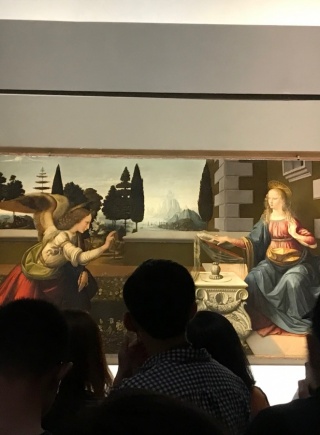 Leonardo Da Vinci at the Uffizi Gallery
Leonardo da Vinci, Tuscan by birth, has spent most of his life traveling around Italy. Many of his masterpieces are therefore scattered in v...
Read More
Leonardo Da Vinci at the Uffizi Gallery
Leonardo da Vinci, Tuscan by birth, has spent most of his life traveling around Italy. Many of his masterpieces are therefore scattered in v...
Read More
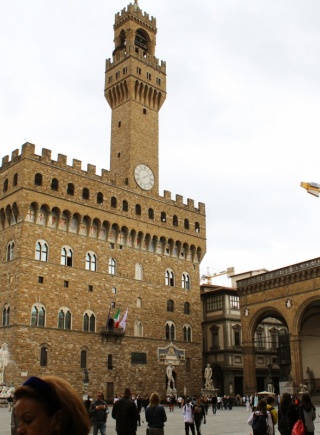 Piazza della Signoria in Florence and the fountain of Neptune
Piazza della Signoria is a real treasure chest of art treasures, in the heart of historic Florence.This famous Florentine square is home fir...
Read More
Piazza della Signoria in Florence and the fountain of Neptune
Piazza della Signoria is a real treasure chest of art treasures, in the heart of historic Florence.This famous Florentine square is home fir...
Read More
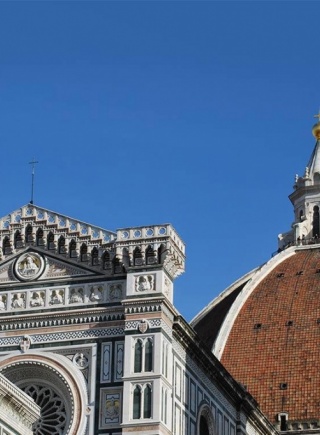 The Duomo of Florence, Santa Maria del Fiore Cathedral
The Cathedral of Santa Maria del Fiore is the fifth largest church in Christianity."Duomo" is a word that derives from the Latin "domus", or...
Read More
The Duomo of Florence, Santa Maria del Fiore Cathedral
The Cathedral of Santa Maria del Fiore is the fifth largest church in Christianity."Duomo" is a word that derives from the Latin "domus", or...
Read More
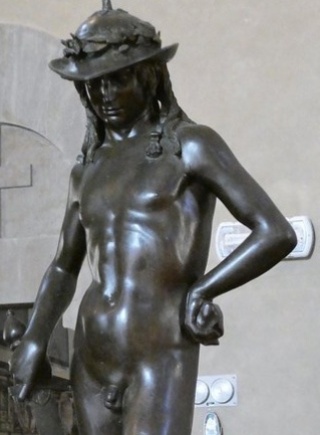 The Bargello Museum and Donatello's David
The Bargello National Museum is one of the most important Italian museums and houses masterpieces by Michelangelo, Ghiberti, Cellini, Giambo...
Read More
The Bargello Museum and Donatello's David
The Bargello National Museum is one of the most important Italian museums and houses masterpieces by Michelangelo, Ghiberti, Cellini, Giambo...
Read More
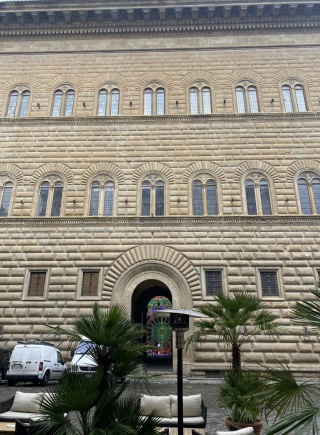 Palazzo Strozzi in Florence a timeless jewel
Palazzo Strozzi has three grandiose identical portals facing Via Tornabuoni and Piazza Strozzi. The palace was commissioned by Filippo Stroz...
Read More
Palazzo Strozzi in Florence a timeless jewel
Palazzo Strozzi has three grandiose identical portals facing Via Tornabuoni and Piazza Strozzi. The palace was commissioned by Filippo Stroz...
Read More
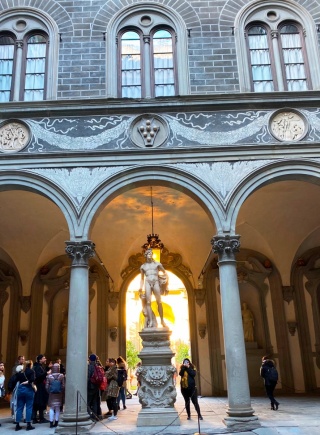 Palazzo Medici Riccardi in Florence the first Medici residence
The Medici Riccardi palace is located in the heart of Florence and is a work created by the architect Michelozzo, commissioned by Cosimo the...
Read More
Palazzo Medici Riccardi in Florence the first Medici residence
The Medici Riccardi palace is located in the heart of Florence and is a work created by the architect Michelozzo, commissioned by Cosimo the...
Read More
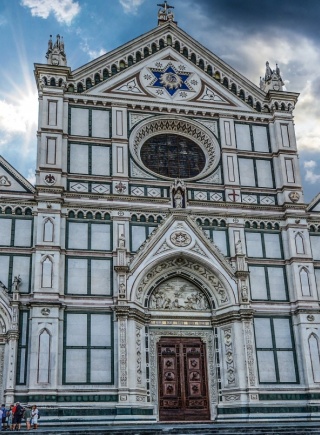 Santa Croce Basilica in Florence
The Santa Croce Basilica is located in the homonymous square in the heart of Florence. It is one of the largest Franciscan churches and undo...
Read More
Santa Croce Basilica in Florence
The Santa Croce Basilica is located in the homonymous square in the heart of Florence. It is one of the largest Franciscan churches and undo...
Read More
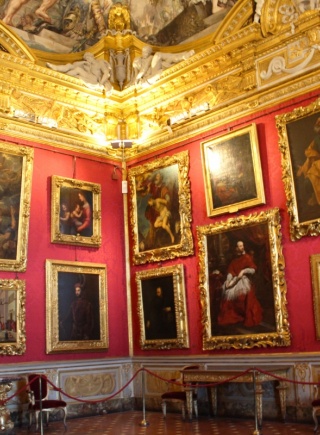 Palazzo Pitti in Florence and the Palatine Gallery
Palazzo Pitti was the palace of the Grand Duchy of Tuscany under the dynasty of the Medici family previously and the Lorraine later.Inside t...
Read More
Palazzo Pitti in Florence and the Palatine Gallery
Palazzo Pitti was the palace of the Grand Duchy of Tuscany under the dynasty of the Medici family previously and the Lorraine later.Inside t...
Read More
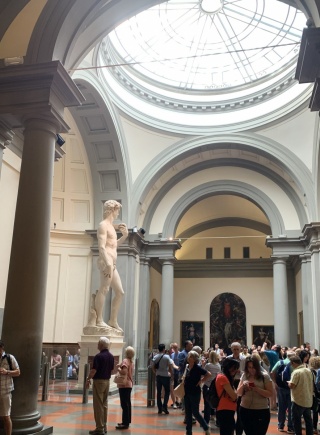 Michelangelo's David at the Academy of Florence
Michelangelo's David is an imposing sculpture in Carrara marble still considered the perfect ideal of a male figure. It is certainly made ar...
Read More
Michelangelo's David at the Academy of Florence
Michelangelo's David is an imposing sculpture in Carrara marble still considered the perfect ideal of a male figure. It is certainly made ar...
Read More
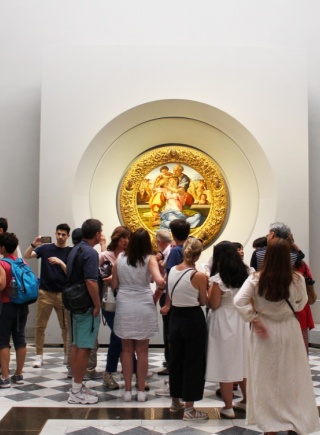 The Uffizi Gallery, the history of the largest Renaissance museum
The Uffizi Museum houses one of the most important Renaissance art collections in the world, Botticelli, Cimabue, Caravaggio, Giotto, Michel...
Read More
The Uffizi Gallery, the history of the largest Renaissance museum
The Uffizi Museum houses one of the most important Renaissance art collections in the world, Botticelli, Cimabue, Caravaggio, Giotto, Michel...
Read More
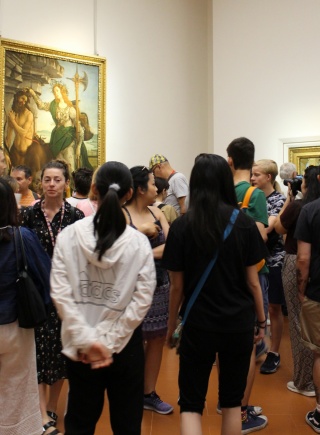 Sandro Botticelli at the Uffizi Gallery of Florence
The Uffizi Gallery is one of the most important museums in the world, but also the Museum of Sandro Botticelli!The Uffizi museum is based in...
Read More
Sandro Botticelli at the Uffizi Gallery of Florence
The Uffizi Gallery is one of the most important museums in the world, but also the Museum of Sandro Botticelli!The Uffizi museum is based in...
Read More
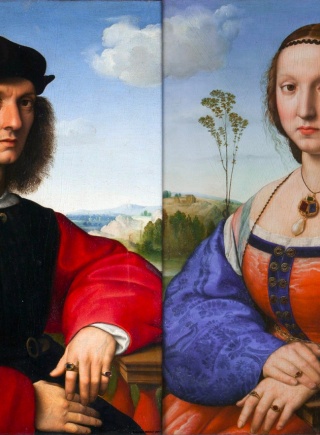 Read More
Read More
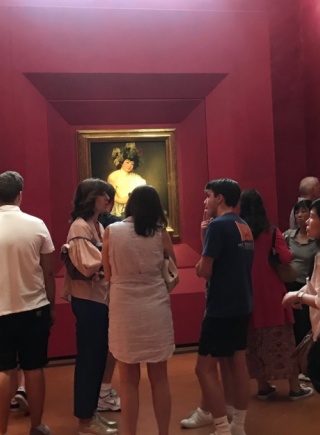 Read More
Read More
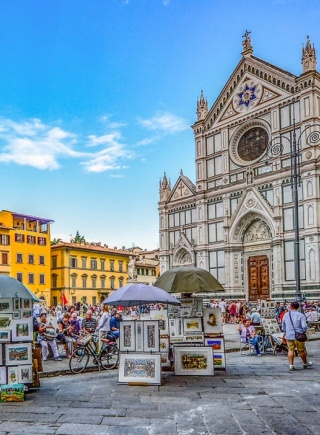 Read More
Read More
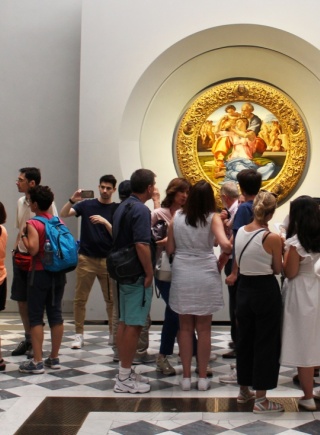 Read More
Read More
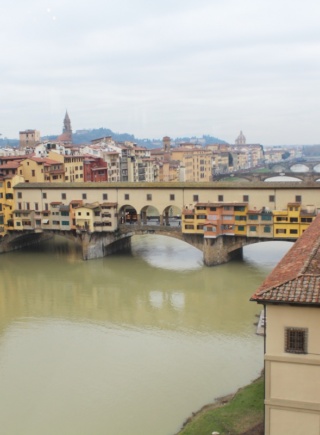 Read More
Read More
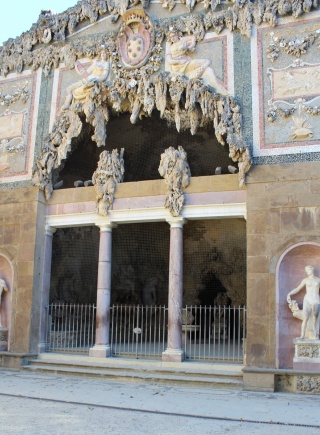 Read More
Read More
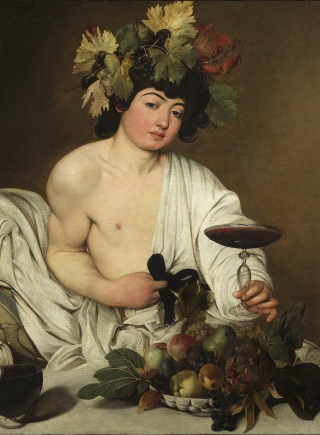 Read More
Read More
The Uffizi Gallery houses the largest collection of paintings from Romanesque period to the 18th century. Nowadays the Uffizi still accommodates famous masterpieces exhibited in chronological order

